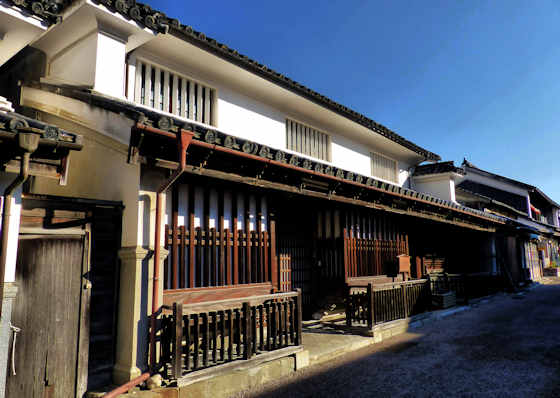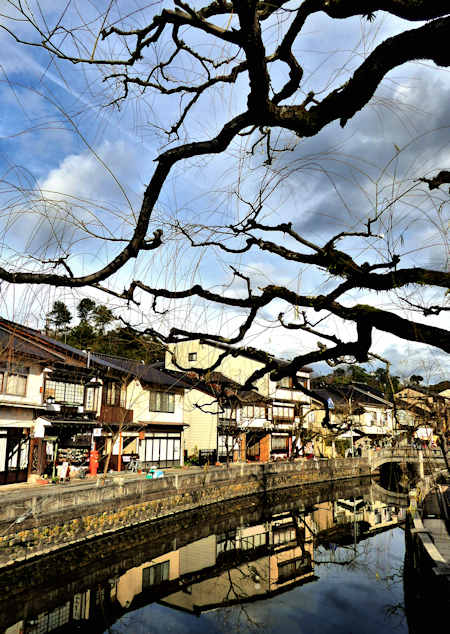Tuesday, June 27, 2023
Wakimachi Historic Preservation District
Labels:
Architecture,
indigo,
mima,
preservation district,
shikoku fudo,
udatsu
Sunday, June 25, 2023
Rengon-in Temple 63 Kyushu Pilgrimage
It was originally founded in the late 8th Century and later became part of a large monastic complex named Kongosho-in that had a connection with Kakuban, an important priest in Shingon who was born nearby.
Kongosho-in was a powerful temple with many sub-temples but it was destroyed during the Warring States Period of the 16th Century. Only Rengon-in survived and is believed to currently occupy the site of the Kondo of Kongosho-in.
The Treasure House contains three statues from the Heian Period that are registered as National Important Cultural Properties, one level below National Treasure. The two Yakushi and one Amida statues are prized as rare examples of Jocho-style sculptures.
Jocho was a sculptor of the late Heian Period who popularized the technique of making sculptures out of several pieces of wood. This enabled more assistants to work. He also standardized proportions, again making production more efficient. His style was dominant for more than a century, though not so many pieces remain.
When I visited the temple was thatched but a few years ago it was completely rebuilt and now looks like any other small temple. I visited in the early morning of my 59th day walking the Kyushu Pilgrimage.
Saturday, June 24, 2023
Kinosaki Onsen
Visiting these seven public baths is suggested as the main cultural activity of the town. Putting on traditional yukata and wearing geta, the noisy wooden clogs, you walk around in the daytime and evening from bath to bath watching all the other visitors doing the same.
Thursday, June 22, 2023
Yuminato Harbour to Tomogaura Port
The previous post in this series documenting my walk along the Sea of Japan coast was Yuminato Harbour.
Labels:
asagao,
Japan Sea Walk,
Shrine,
tetrapods,
world heritage
Tuesday, June 20, 2023
Tenno-in Temple 36 Sasaguri Pilgrimage
Specifically, the honzon is a Namikiri Fudo, a "wave^cutting" Fudo. According to the legend, on his return journey from China in 806, the boat Kobo Daishi was in was in danger of being sunk by stormy seas but was saved by prayers to Fudo.
Tenno-in has a large Hydrangea Garden and the grounds are planted with lots of Japanese Maple so is ablaze with color in the autumn. It also has a small zen garden and teahouse.
Labels:
Fudo Myojin,
nio,
sasaguri,
teahouse,
temple
Monday, June 19, 2023
Settsu Kokubunji Temple 7 Kinki Fudo Myoo Pilgrimage
This text is from an earlier post that was of photos of Taiyuji Temple, number 6 on the pilgrimage that I mistakingly thought was number 7 Kokubunji. I have now edited that post and added relevant information about Taiyuji. Sorry.
Labels:
Fudo Myojin,
kinkifudo,
kobo daishi,
nio,
Osaka,
yakushi
Subscribe to:
Posts (Atom)







































































